Shoulder and neck massage can relieve muscle tension and improve local blood circulation through 18 steps. The main techniques include kneading, massage, tapping, kneading, rolling, stretching, tapping, kneading, shaking, pulling, bouncing, trembling, rubbing, rubbing, combing, and shaking. Before massage, it is necessary to ensure that the environment is warm, the muscles of the recipient are relaxed, and the operator's technique is gentle and gradual.
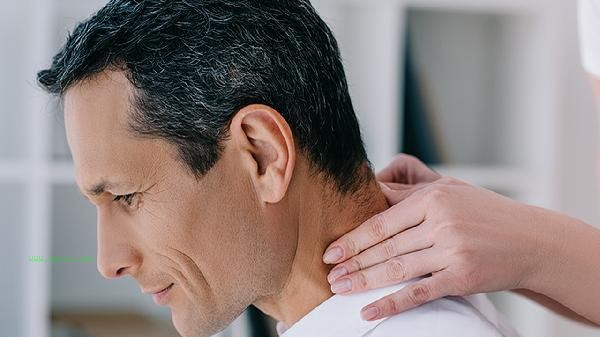
1. Rubbing
Use the thumb and the other four fingers to apply relative force, kneading along the direction of the trapezius muscle from the inside out, focusing on the muscle groups around the shoulder well and Fengchi points. This technique can relieve surface muscle spasms, promote lactate metabolism, and is suitable for neck and shoulder stiffness caused by long-term desk sitting. During the operation, it is necessary to avoid the cervical spine spinous process and apply force that the patient can tolerate.
2. Massage
The palm root is pushed along the bladder meridian on both sides of the cervical spine, from the hairline towards the shoulder peak direction, combined with media such as holly oil to enhance penetration. Tuina can unblock meridians, qi and blood, and improve symptoms of compression of the greater occipital nerve. Pay attention to keeping the palm close to the skin, with a uniform and slow speed, and repeat each route 5-8 times.
3. Click
Use the thumb to press vertically on acupoints such as Tianzong and Jianwai Yu, and continue to stimulate each acupoint for 3-5 seconds before relaxing. Pressing can stimulate the circulation of meridians and have an immediate relief effect on soreness and swelling in the scapular area. Osteoporosis patients need to reduce their pressure and avoid using fingertip pressure.
4. Tap
The hollow palm alternately taps the upper bundle of the trapezius muscle, relaxing the wrist and generating elastic striking force. Tapping can enhance muscle excitability and is suitable for cold shoulders with poor blood circulation. Prohibited during the acute soft tissue injury period, the tapping frequency should be controlled at around 120 times per minute.
5. Pinch
three fingers to lift the scapular muscle belly, combined with small twisting movements. Pinch to a depth that can reach deep muscle layers, effectively relieving fiber adhesions. During operation, it is necessary to inquire about the pain response of the patient to avoid excessive stimulation that may trigger defensive contractions.
6. Rolling Method
Apply rolling pressure to the supraspinatus muscle area on the ulnar side of the forearm, using the lever principle to generate deep penetration force. The rolling method is particularly suitable for handling strain points in muscular areas and can improve tendon elasticity. Maintain a 45 degree angle between the forearm and the skin during surgery to avoid direct compression of the bony processes.
7. Stretching
Use the thumb nail edge to horizontally move the sternocleidomastoid muscle tendon, and perform a bouncing technique when touching the cord like nodule. This step has a significant effect on cervical headache and can release contracted fascial tissue. Use with caution in areas with obvious vascular pulsation, and control the range of movement within 2-3 millimeters.
8. Tap
Close your five fingers together and slightly bend. Use the back of your palm to tap the scapular area and make a crisp sound. Beating can invigorate yang energy and relieve fatigue pain in rhombus muscles. During operation, the wrist joint remains flexible and utilizes rebound force to reduce impact. For sensitive skin, thin clothing can be used for operation.
9. Rub
Use both palms to quickly rub the muscles behind the neck back and forth, creating a warm sensation. Rubbing promotes local capillary dilation and accelerates the clearance of metabolic waste. Pay attention to controlling the rubbing direction to be consistent with the direction of muscle fibers, to avoid excessive friction on the epidermis.
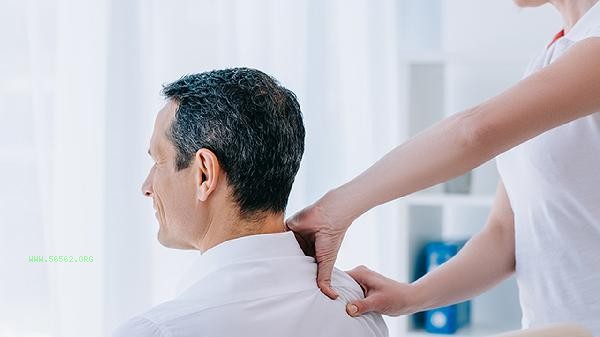
10. Shaking Method
Fix the head of the patient with one hand and support the lower jaw with the other hand for circular shaking. Shaking can increase cervical joint mobility and improve vertebral artery blood supply. Strictly operate within the physiological range, stop immediately if there is a popping sound, and use is prohibited for cervical spondylosis of vertebral artery type.
11. Pull method
On the basis of sufficient relaxation, perform cervical lateral pull and stop when you hear a crisp sound. The manipulation method can correct small joint misalignment and must be performed by a professional physician. Osteoporosis, spinal stenosis, and cervical spondylotic myelopathy are listed as absolute contraindications.
12. Pull
Place both hands overlapping on the pillow and slowly apply axial traction force. Pulling to reduce intervertebral disc pressure is beneficial for cervical spondylotic radiculopathy. The towing weight should not exceed one tenth of the body weight, and the time should be controlled within 5-8 minutes.
13. Bounce
The index finger flexes and flicks the positive reaction point at the upper angle of the scapula. The plucking technique provides a large amount of stimulation and can effectively release the compression of the scapular dorsal nerve. Before operation, it is necessary to preheat with kneading method, and immediately use palm heel to gently massage and relieve stimulation after plucking.
14. Tremor
The palm is pressed flat against the area of the Dazhui acupoint, and high-frequency tremors are generated by shaking the forearm. Tremors can regulate autonomic nervous system function and alleviate symptoms of sympathetic cervical spondylosis. The frequency should be maintained at 400-600 times per minute, and the operator needs to relax the shoulder and elbow joints.
15. Massage
refers to circular movements along the supraclavicular fossa of the abdomen, combined with menthol to enhance a cool feeling. Mofa is suitable for cervical anterior region operation and can relieve spasms in the sternohyoid muscles. The technique requires lightness without floating, heaviness without stagnation, and avoiding the carotid sinus area.
16. Rubbing method [SEP]: Quickly rub the fish area back and forth in a straight line against the neck side, using a blood activating and stasis removing ointment as the medium. The rubbing method generates heat that penetrates deep into tissues, suitable for cold and damp neck pain. The operation direction must be consistent with the lymphatic reflux direction to prevent epidermal damage.
17. Comb technique
The five fingers are slightly bent like a comb, and combed from front to back along the direction of the trapezius muscle. The combing method can straighten out the disordered arrangement of muscle fibers and eliminate fascial adhesions. The intensity is measured by the appearance of slight redness on the skin, and the effect is better when combined with infrared radiation.
18. Shake method
Hold the wrist of the patient and shake it up and down, transmitting it to the shoulder joint. As an ending technique, the shaking method can double the overall relaxation effect. The shaking amplitude gradually increases and the frequency gradually slows down, lasting for 1-2 minutes. After completing the entire massage, the recipient should be instructed to drink warm water in moderation and avoid direct exposure to the wind and cold for 2 hours. It is recommended to exercise with the "Two Hands Support the Heavenly Principle Three Jiao" movement in the Eight Section Brocade routine, and choose a neck pillow of moderate height during sleep. Long term desk workers can do neck exercises every hour, and self tapping at the shoulder well can help prevent symptom recurrence. If there is radiation numbness or persistent pain, seek medical attention promptly to rule out cervical organic lesions.
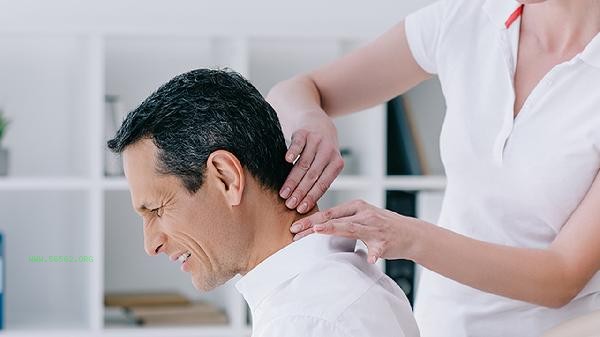


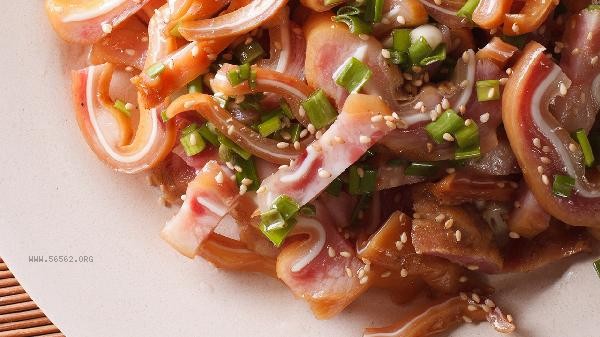
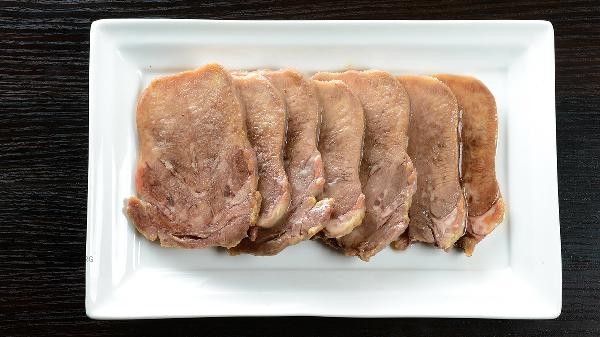
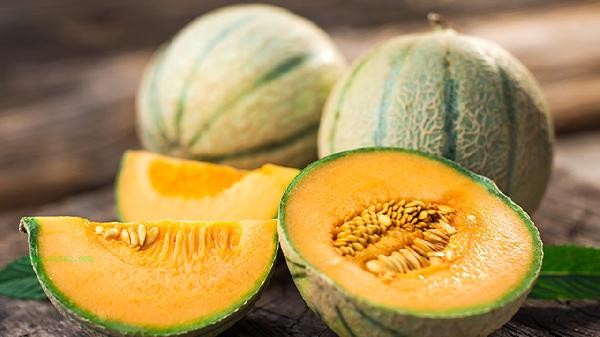


Comments (0)
Leave a Comment
No comments yet
Be the first to share your thoughts!